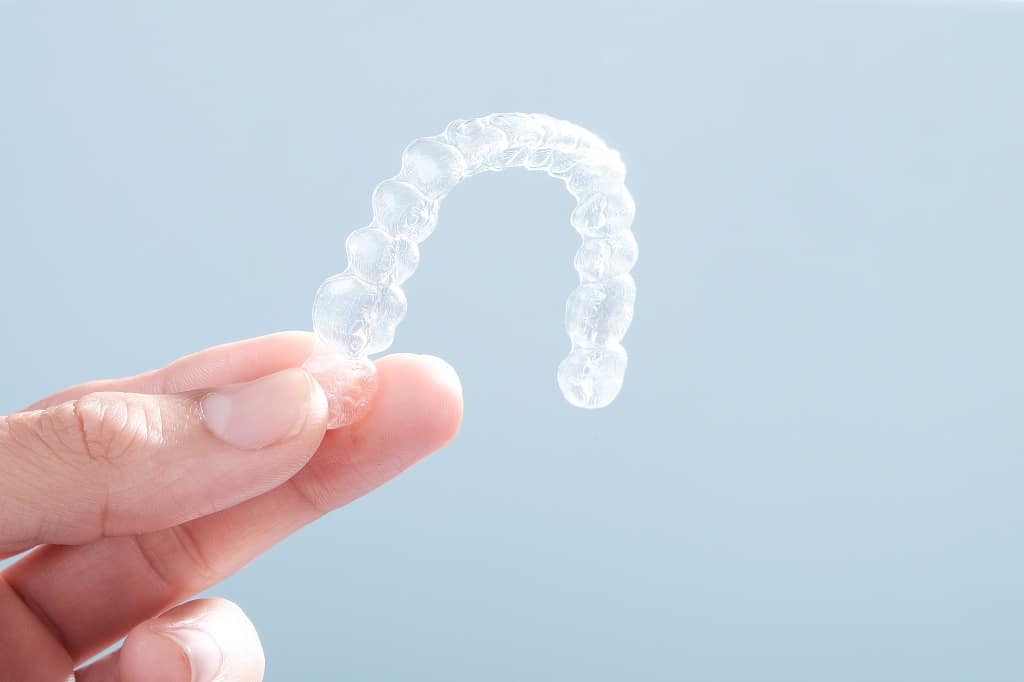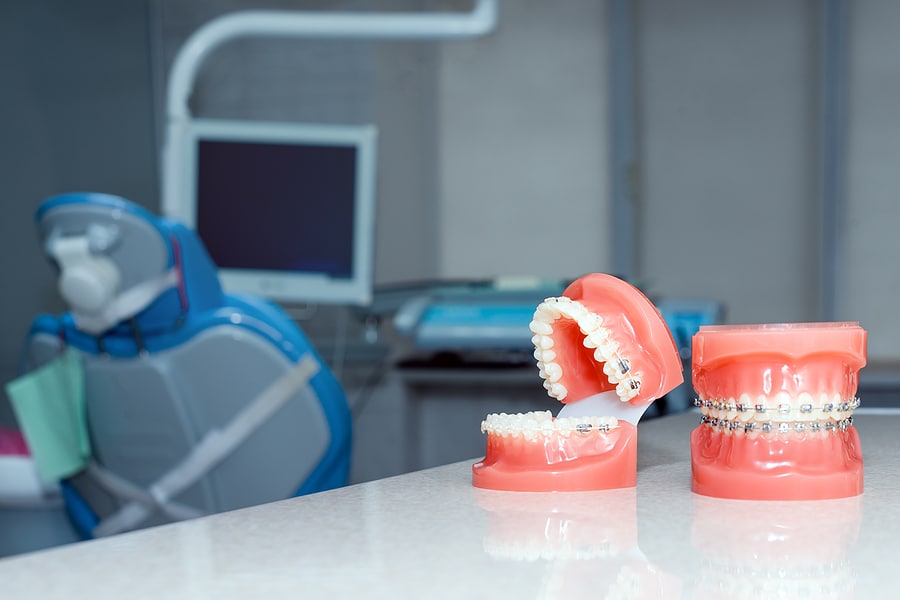If you have ever wondered whether you are a candidate for Invisalign, the odds are very good that you are. In fact, even if you have been told in the past that you were not a good fit for Invisalign® treatment, you should definitely seek a second opinion. The technology continues to improve and the level of malocclusion Invisalign® can correct is changing quickly.
What Problems Does Invisalign Correct?
In reviewing the list of problems that Invisalign® is effective in treating, they range from minor to complex. Originally, only minor problems were suitable for this treatment method. Align Technology has been improving Invisalign® steadily since its introduction in 1999.
With the inclusion of SmartTrack® material and SmartForce® attachments, Invisalign® can reliably treat:
- Overbite
- Crossbite
- Underbite
- Gap teeth
- Crooked teeth
- Crowded teeth
Invisalign® can handle minor alignment issues to complex problems. Although some severe jaw misplacement may require surgical correction before Invisalign treatment, it is now a viable solution for most orthodontic problems.
Exploring How Invisalign Works
Traditional braces straighten teeth using tension. The doctor affixes brackets to teeth, then threads the archwire through the brackets and tightens the wire. The tension created by the wire applies force to teeth which causes them to move into the correct position.
Although Invisalign® creates the same results — a straight smile — it uses gentle, but constant pressure to shift teeth. Each tray aligner works to move teeth slightly. The SmartTrack® material is strong enough to apply the constant pressure necessary to promote tooth movement. The addition of SmartForce® attachments can apply more pressure to create faster tooth movement, or to shift particularly difficult teeth into position.
The almost invisible alignment trays are removeable for drinking, eating, and oral hygiene. They should remain in the mouth for 20 to 22 hours each day. Trays are issued in sequenced sets and are swapped out at two week intervals. We schedule appointments for checkups at six week intervals. The average treatment period usually ranges from 9 to 15 months. Your treatment will vary depending on the severity of your original misalignment.
What Makes a Good Candidate for Invisalign?
Although we could provide a long list of specific medical and dental reasons, we are going to talk instead about the personal traits that make a good candidate for Invisalign® treatment.
Invisalign® is a patient-centered treatment. The patient is responsible for making sure that they wear the alignment trays 20 to 22 hours each day. It takes dedication to ensure success.
Changing out to a new set of aligners happens at two week intervals. Being a successful candidate means making the commitment to keep up with the prescribed schedule set by your orthodontist.
Keeping your alignment trays clean and soaking them daily is another part of the treatment plan. You should rinse the trays every time you remove them for meals, then brush them lightly when you brush your teeth following a meal.
Although it isn’t always convenient, this oral hygiene routine is important during treatment. Leaving food particles on teeth and wearing your trays can accelerate tooth decay, cause gum inflammation, and possibly lead to infections or worse.
After reading the above, are you a candidate for Invisalign treatment?
Congratulations! You’ve Been Nominated!
Bracesetters Orthodontics is ready to be your Invisalign® provider. Begin today by scheduling your Complimentary Consultation. We have four convenient locations in and around the Orange County area — simply select the office nearest your location. If you would rather contact us by telephone, our staff can assist you at (845) 342-1300.



